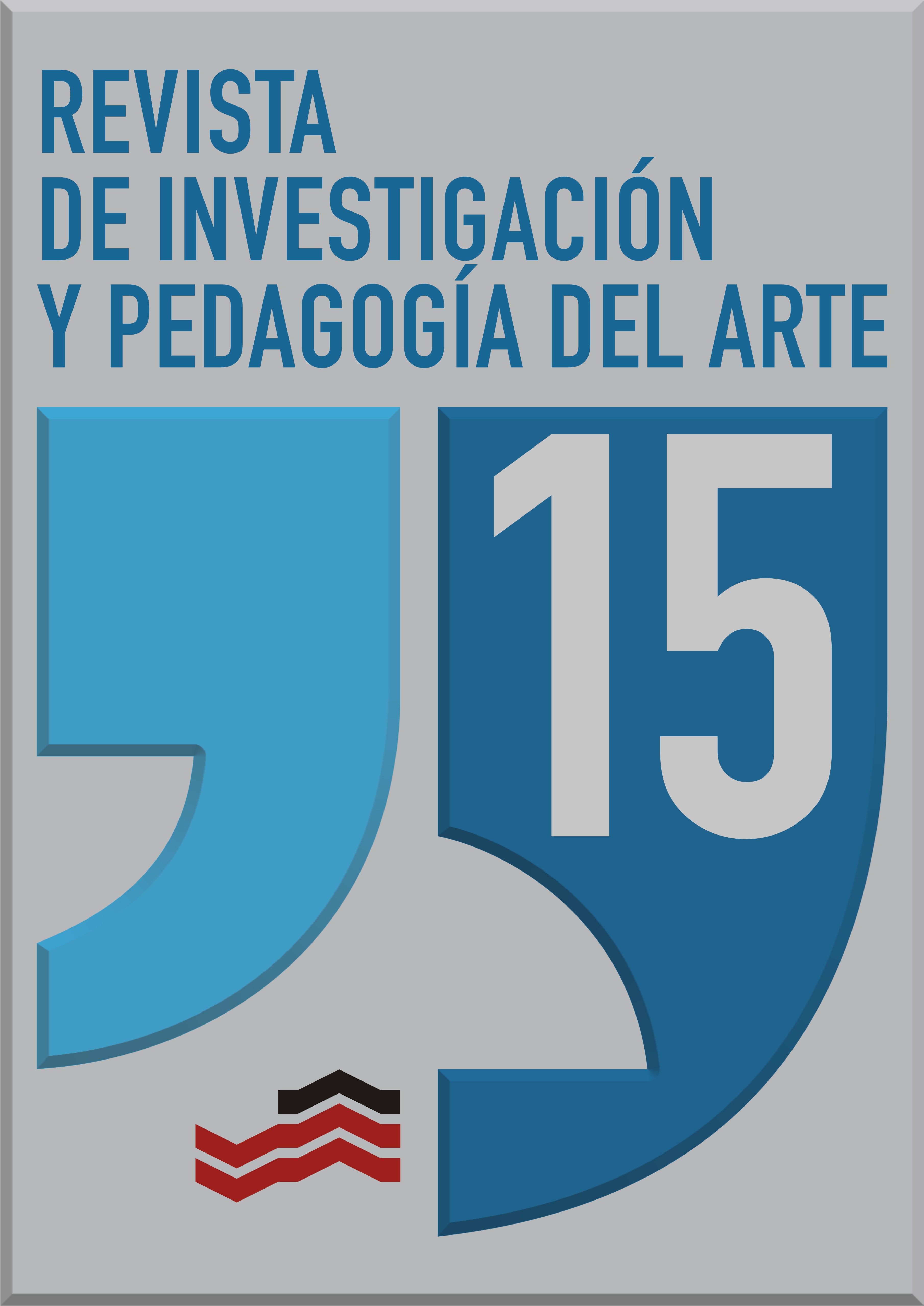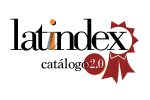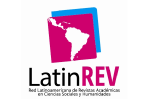Clown theater play for the didactic approach to the diversity of bodies in cultural and artistic education
DOI:
https://doi.org/10.18537/ripa.15.08Keywords:
body, body diversity, selfs, self-perception, clown languaje, educationAbstract
The following research aims to create an artistic-educational proposal about the diversity of bodies, through clown language and theater to accompany the processes of self-perception and construction of body image of adolescents belonging to the General Basic Education Sublevel Superior. The play aims to provide a space for debate to rethink and deconstruct the hegemonic ideals of beauty and stereotypes that lead to a distorted perception of bodies causing dissatisfaction with their own body image. Because of this, it becomes necessary to generate this space of theatrical conviviality, where the opinions and thoughts of the students are validated to question the collective imaginary about the body and self-perception, which has been established in recent times. The play is presented as an artistic-educational proposal that is supported by the Curriculum of the Ministry of Education, and that contributes to the subjects of Cultural and Artistic Education and Physical Education.
Downloads
References
Butler, J. (2008). Cuerpos que importan. Sobre los límites materiales y discursivos del ‘sexo’. Editorial Paidós.
Butler, J. (2006). Vida precaria. El poder del duelo y la violencia. Editorial Paidós.
Contrera, L. y Moreno, L. (2021). Cuadernillo de sensibilización sobre temáticas de diversidad corporal gorda. Ministerio de las mujeres, Políticas de género y diversidad sexual.
Foucault, M. (2002). Vigilar y castigar (nacimiento de la prisión). Siglo XXI Editores, Argentina.
Gallegos, C. (2019). Taller de Clown Blancos y Augustos. Seminario de clown.
Guido, R. (2014). Teorías de la corporeidad. Editorial Instituto Universitario Nacional del Arte.
Jara, J. (2000). El Clown, un navegante de las emociones. Temas de Educación Artística 2. Editorial Proexdra.
Le Breton, D. (2007). Adiós al cuerpo. La cifra Editorial.
Le Breton, D. (2002). Antropología del cuerpo y Modernidad. Ediciones Nueva Visión.
Le Breton, D. (1999). Las pasiones ordinarias. Antropología de las emociones. Ediciones Nueva Visión.
Ministerio de Educación del Ecuador. (2019). Currículo de los Niveles de Educación Obligatoria. Subnivel Superior. Editorial Ministerio de Educación del Ecuador.
Muñoz, M., Pérez, E., Crespo M., Guillén, A. (2009). Estigma y enfermedad mental. Editorial Complutense, S. A.
Organización Mundial de la Salud. (22 de junio de 2021). La UNESCO y la OMS instan a los países a que conviertan cada escuela en una escuela promotora de la salud. https://www.who.int/es/news/item/22-06-2021-unesco-and-who-urge-countries-to-make-every-school-a-health-promoting-school.
Organización Mundial de la Salud. (8 de junio de 2022). Trastornos mentales. https://www.who.int/es/news-room/fact-sheets/detail/mental-disorders.
Pavis, P. (1987). Diccionario del Teatro. Editorial Wiku.
Ponty, M. (1986). El ojo y el espíritu. Ediciones Paidós Ibérica, S. A.
Poveda, M. (2014). Cómo convertir una historia en una película de éxito: el caso Disney, análisis del paradigma del guion, “El Rey León”. Nuevas culturas y sus nuevas lecturas. 503-515.
Saniz Balderrama, Ligia. (2008). El esquema actancial explicado. Punto Cero, 13(16), 97. http://www.scielo.org.bo/scielo.php?script=sci_arttext&pid=S1815-02762008000100011&lng=es&tlng=es.
Veiga-Neto, A., (2013). Biopolítica, normalización y educación. Pedagogía y Saberes, (38), 83-91.
Published
Issue
Section
License

This work is licensed under a Creative Commons Attribution-NonCommercial-ShareAlike 4.0 International License.










